
With its unparalleled beauty and cultural diversity, Malaysia is a testament to the marvels of human history and the splendours of nature. Amidst verdant landscapes and bustling cities, Malaysia proudly harbours a treasure trove of UNESCO World Heritage sites, each unravelling a unique tale of the nation's glorious and vibrant heritage. From enigmatic rainforests teeming with endemic species to architecturally exquisite monuments echoing centuries of cultural amalgamation, these heritage wonders offer a fascinating journey into the heart of Malaysia's multifaceted legacy. Embark on a voyage of discovery where history, culture and nature converge to unveil treasured milestones on this enchanting land.
Easily one of nature's most beautiful feats, Gunung Mulu National Park is the crown jewel of Sarawak's growing network of national parks. Named a UNESCO World Heritage Site in the year 2000, the park encompasses 544 square kilometres of unspoiled primary rainforest, crisscrossed by fast-flowing rivers and beautiful jungle streams, and is dominated by three majestic mountains: Gunung Mulu, Gunung Api and Gunung Benarat.
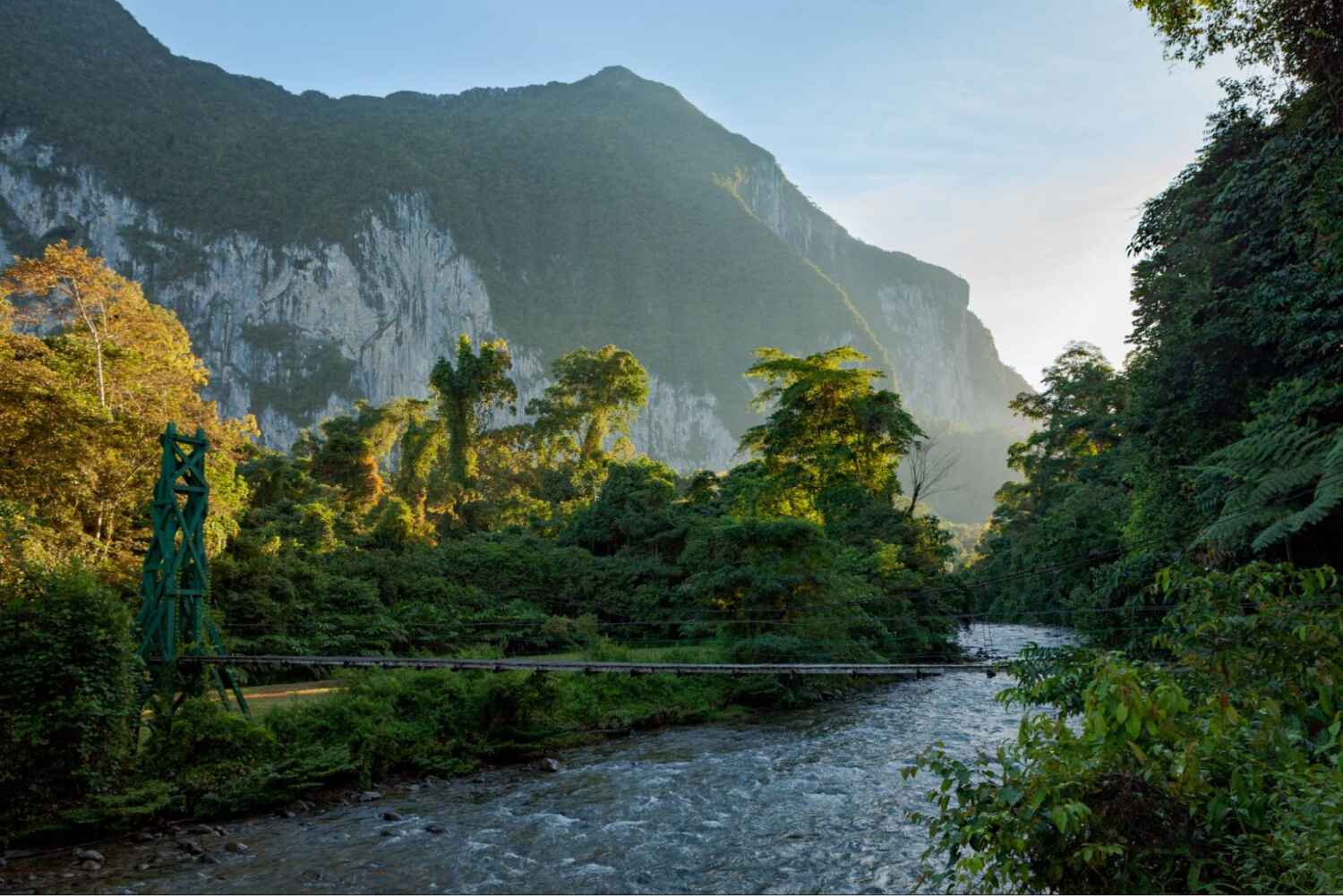
Unbeknownst to some, its greatest wonders are actually concealed beneath the surface in one of the world's largest limestone cave systems. This breathtaking underground network includes world record-breaking caves such as the Deer Cave, Sarawak Chamber and Clearwater Cave, which is Southeast Asia's longest cave. These caves, which were formed over five million years ago by a combination of earth organic movements, high rainfall and river action are still evolving as we speak. Above ground, Mulu's rich biodiversity and breathtaking scenery provide exhilarating jungle hikes and the awe-inspiring sight of the Pinnacles, 45-metre-high limestone spikes on the slopes of Gunung Api, making Mulu an unrivalled destination for adventurous visitors and nature lovers alike.
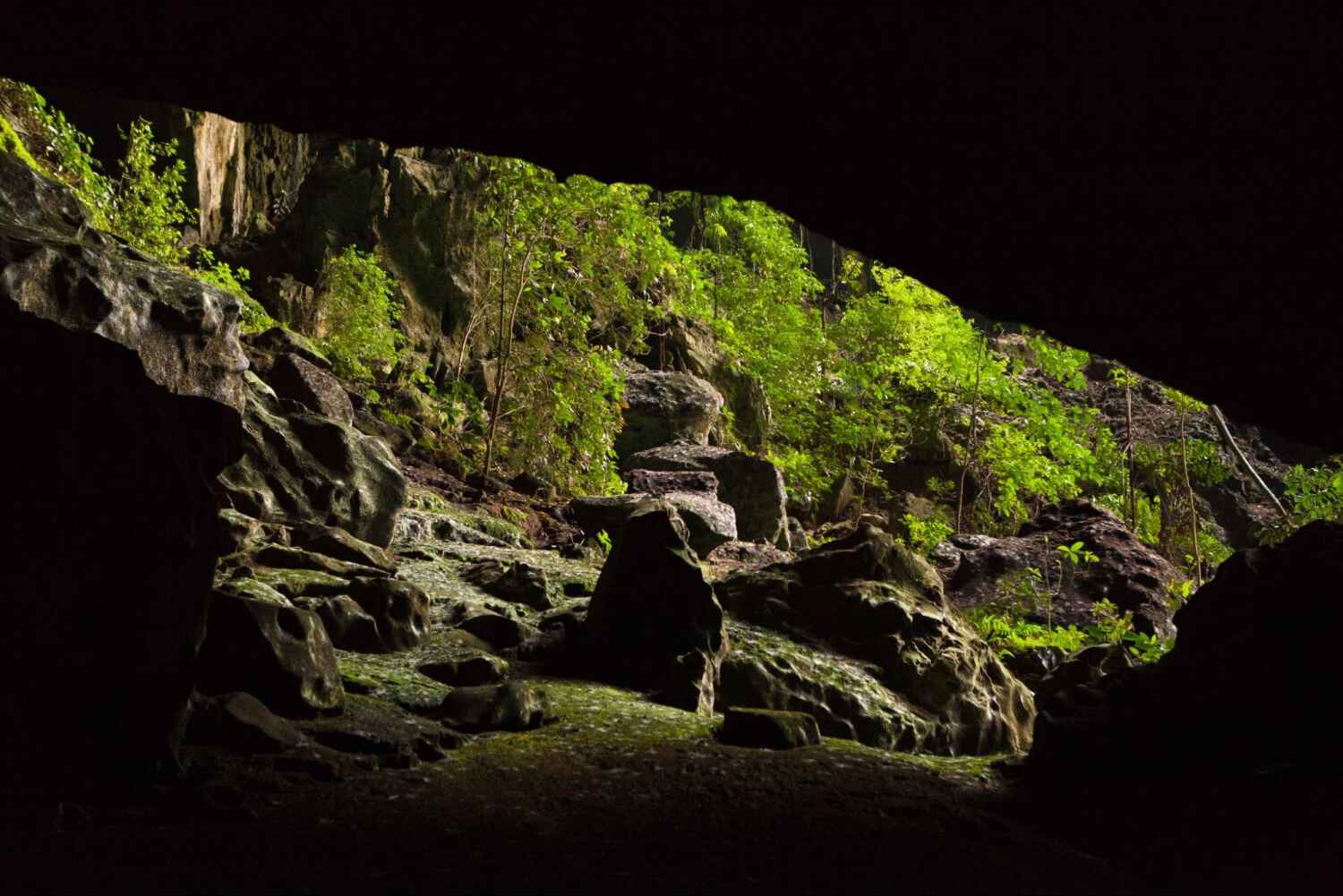
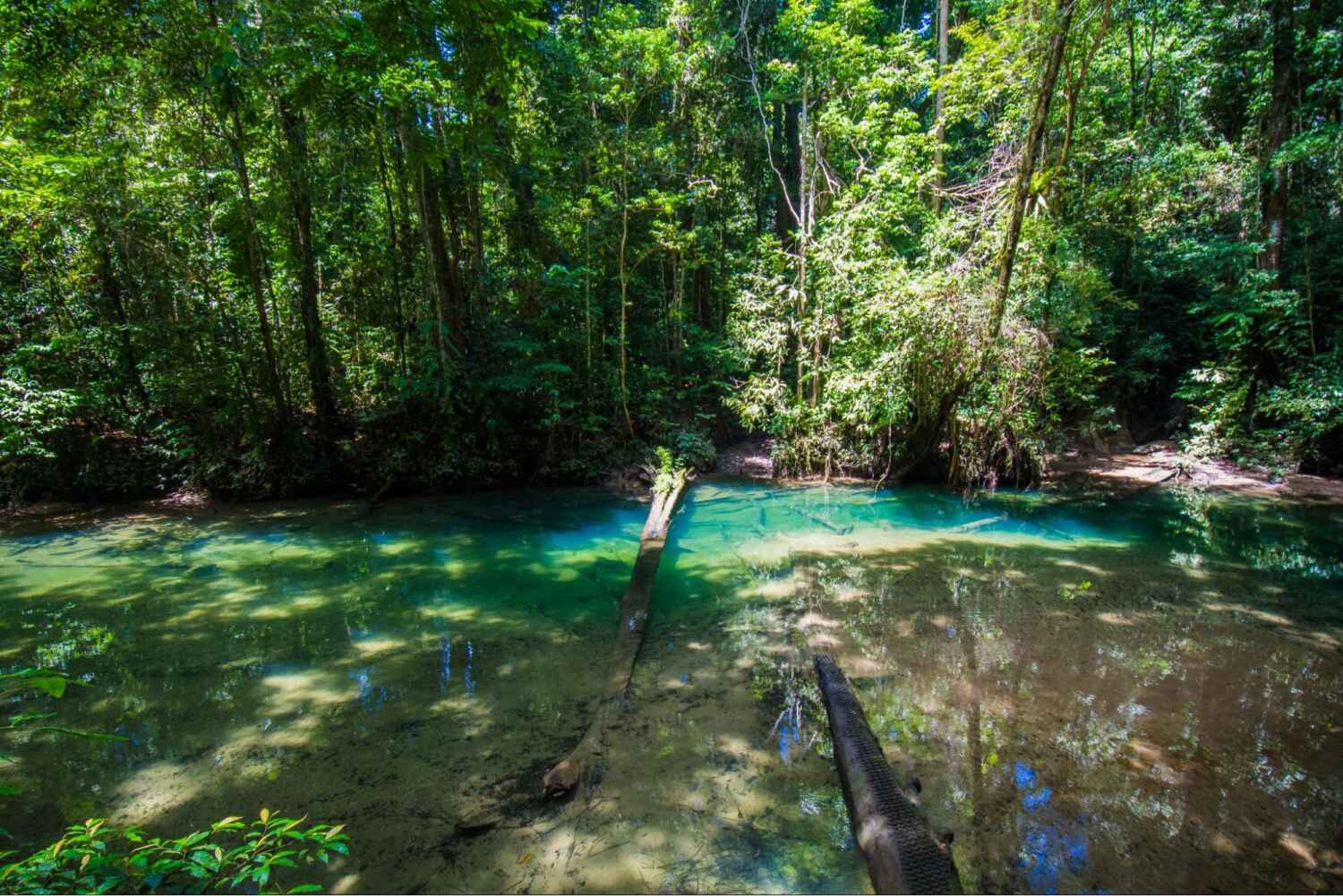
Mulu is accessible by air with MASwings, a subsidiary of Malaysia Airlines. Flights operate from Miri, Kuching and Kota Kinabalu, each located approximately 30 minutes to the Mulu Airport. The airport is about a two-minute drive from the national park and is easily accessible via e-hailing services like Grab and AirAsia. In addition, for RM 5 per person, the local community provides dependable and reasonably priced airport shuttles to hotels and lodges within the national park. Alternatively, you can also walk from the airport to your hotel or to the park itself, which takes around 15 to 20 minutes.
Please visit their official website for more information.
Kinabalu Park is Malaysia's first World Heritage site, covering roughly 75,370 hectares across three districts of Sabah: Ranau, Kota Belud and Kota Marudu, making it larger than Singapore. The park was established in 1964, then named a UNESCO World Heritage site in the year 2000. It is well-known as the site where both Mount Kinabalu, Malaysia's highest peak and Mount Tambayukon, Malaysia's third highest peak are located. 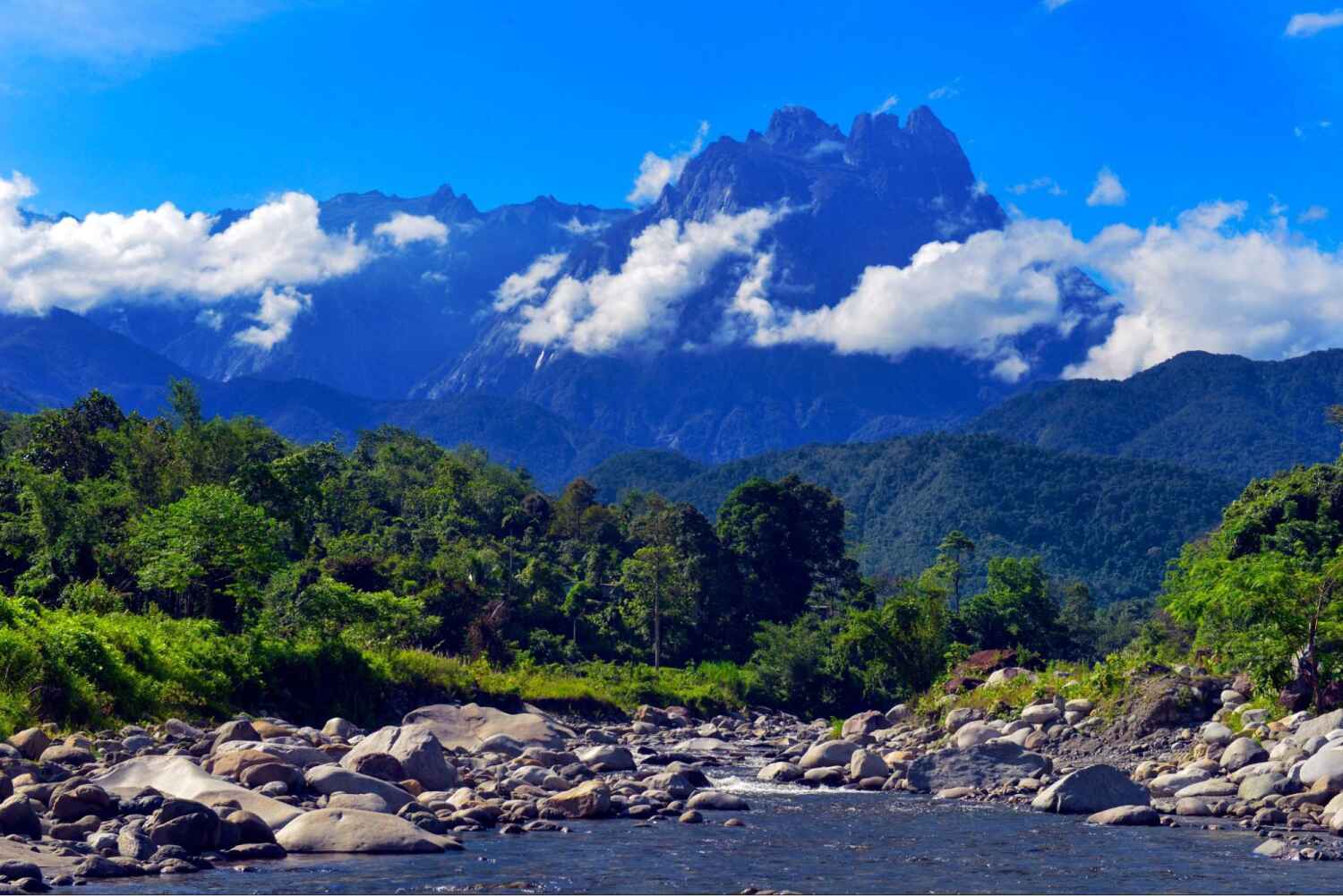
In addition, it is also known for its different vegetation zones, which range from lowland rainforest to alpine scrub and is regarded as a hotspot for plant diversity in Southeast Asia. Kinabalu Park has eight routes for further exploration: the Kiau View Trail, Bundu Tuhan View Trail, Liwagu River Trail, Silau Silau Trail, Bukit Burung Trail, Mempening Trail, Pandamus Trail and Bukit Ular Trail. Here, visitors can take in scenic vistas and enjoy flora spotting or unwind in lodges and villas within the park, which are also recognised as the Kinabalu UNESCO Global Geopark and revered for its global importance in biodiversity.
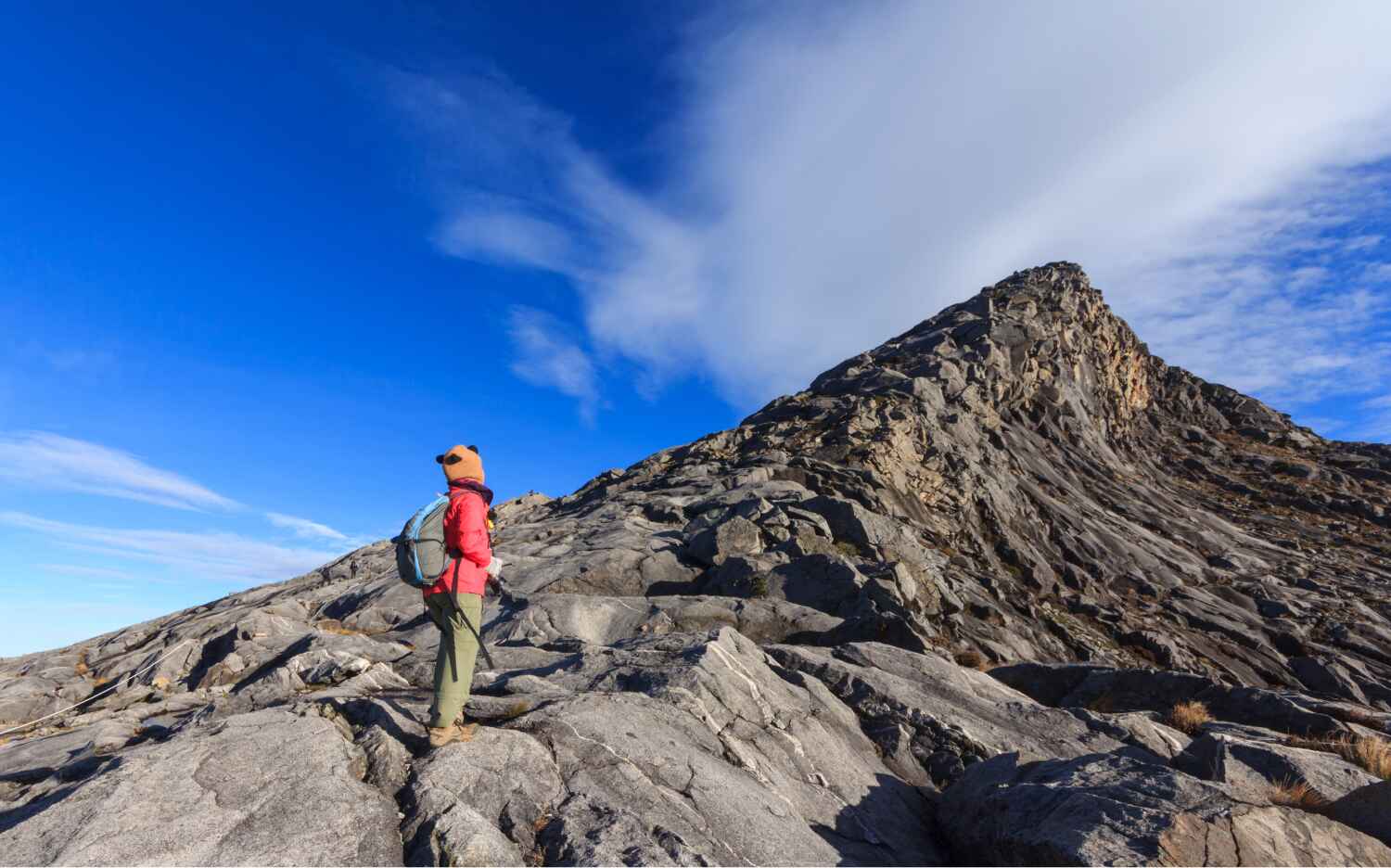
From Kota Kinabalu, you can take a bus from Kota Kinabalu Bas Bandaran to Kinabalu Park, which takes approximately 3 hours and 41 minutes. Buses are operated by Syarikat Pengangkutan Awam RHM Sumalang and run hourly, with an estimated fare of RM 30. Note that buses to Kundasang also stop at Kinabalu Park and depart when all seats are filled. Alternatively, driving from Kota Kinabalu to Kinabalu Park takes about 1 hour and 15 minutes.
Melaka and George Town are two historical cities on the Straits of Malacca, exemplifying over 500 years of cultural and trading exchanges between the East and West. Designated as UNESCO World Heritage Sites back in 2008, both towns showcase unique multicultural heritage infused by Malay, Chinese and Indian cultures, as well as European colonial influences from the Portuguese, Dutch and British eras.
Melaka highlights the early stages of this history with its 15th century Malay sultanate and subsequent European fortifications, while George Town represents the British period with its residential and commercial buildings. Both towns are noted for their exceptional architecture and cultural townscape, reflecting a unique blend of influences and surviving as the most complete historic city centres in East and Southeast Asia. Vibrant multicultural heritage elements are illustrated through diverse religious buildings, ethnic quarters, languages, festivals and everyday life, resulting in a distinctive blend of architectural styles and cultural traditions.
From Kuala Lumpur, you can take a bus from Terminal Bersepadu Selatan to Melaka Sentral, which takes approximately three hours. Be sure to check the bus schedule online via Easybook or Redbus. Alternatively, driving from Kuala Lumpur to Melaka takes about 1 hour and 37 minutes (144.9 kilometres).
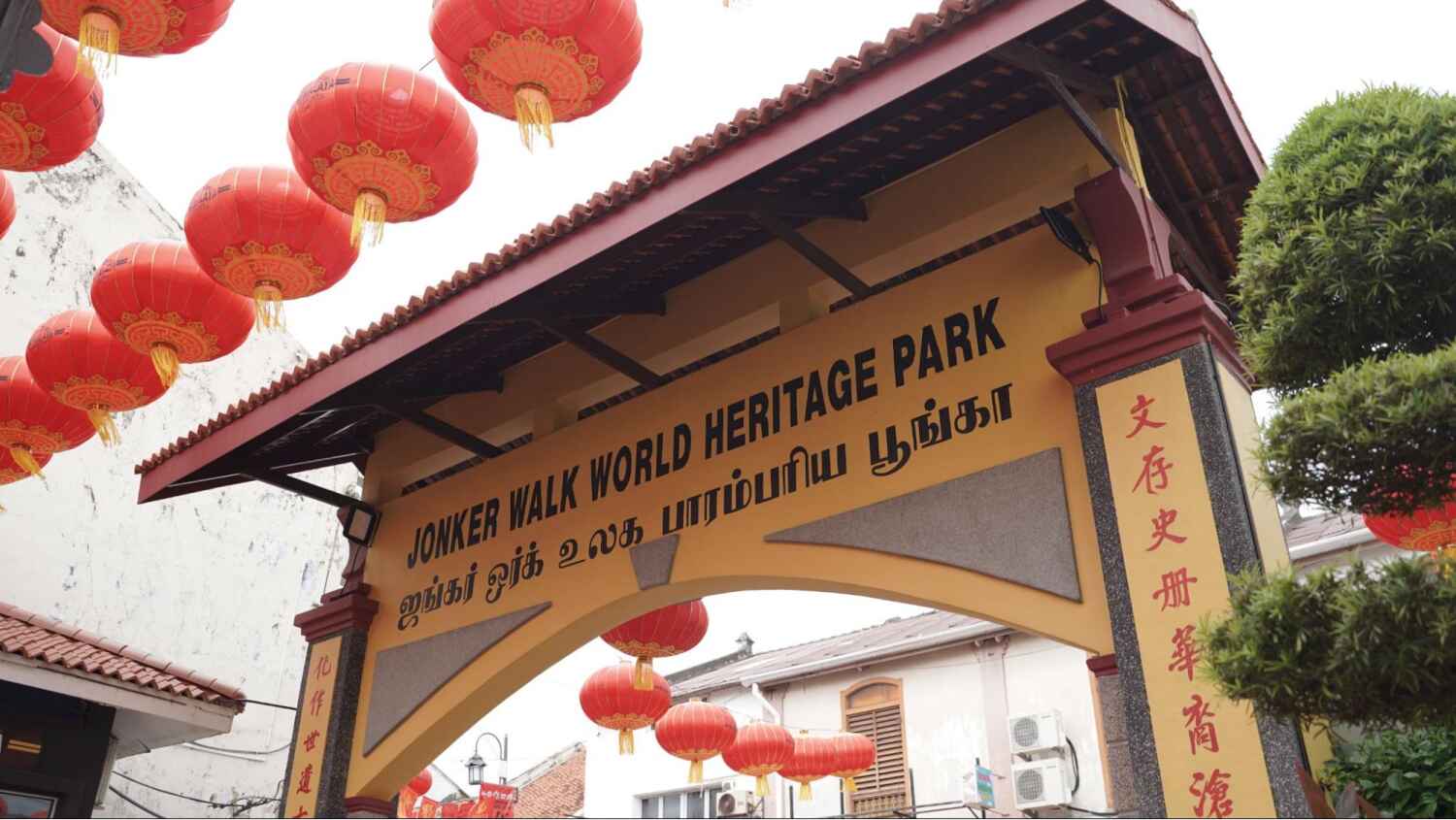
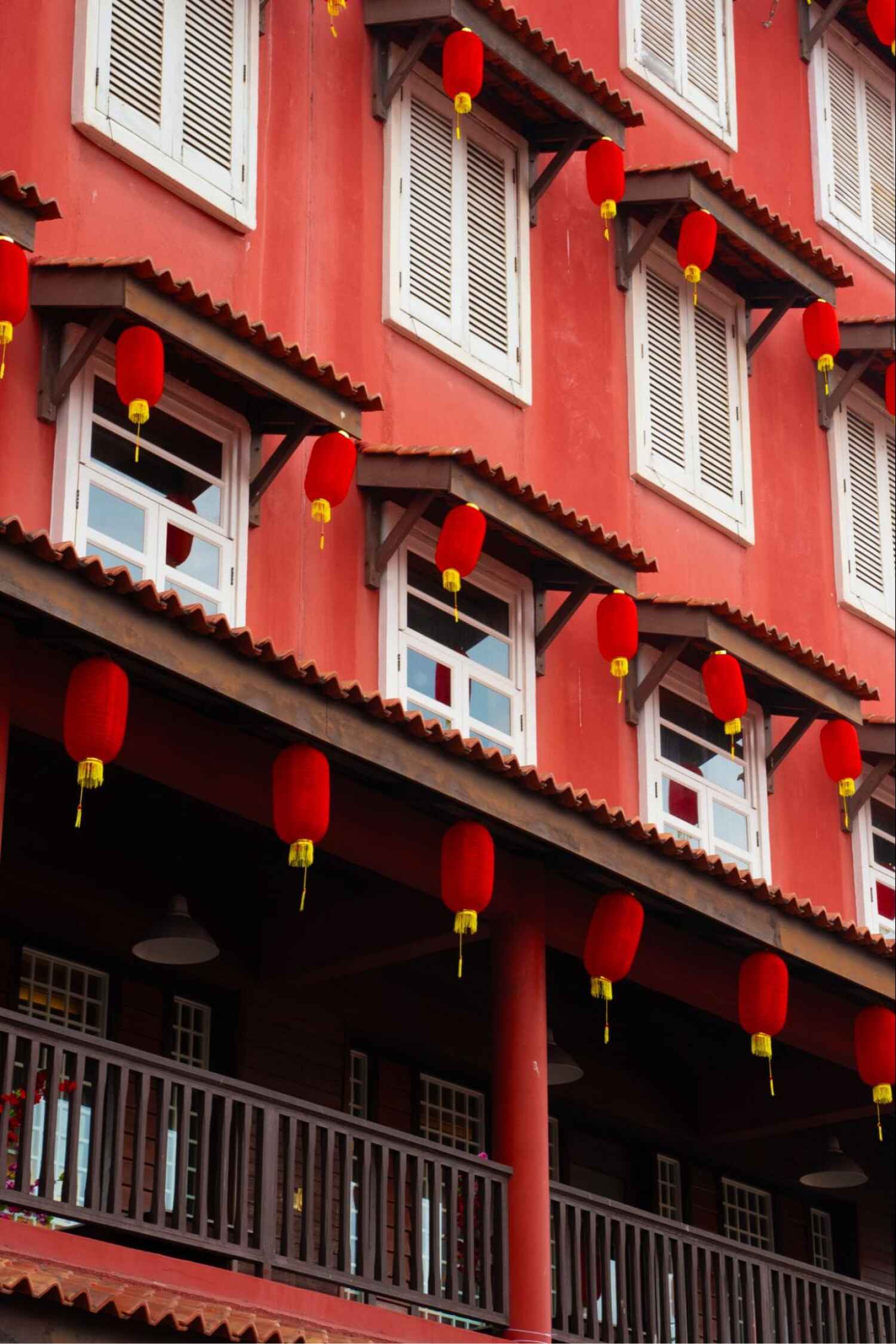
To travel to Butterworth from Kuala Lumpur, you can take the ETS train from KL Sentral. The journey takes approximately 4 hours. Tickets can be booked via the KTMB Kits website and app. Once you arrive in Butterworth, you can take the ferry to George Town, Penang. The ferry operates regularly and offers a scenic 20-minute ride across the straits to George Town. Alternatively, you can also book a flight from the Kuala Lumpur International Airport to Penang International Airport.

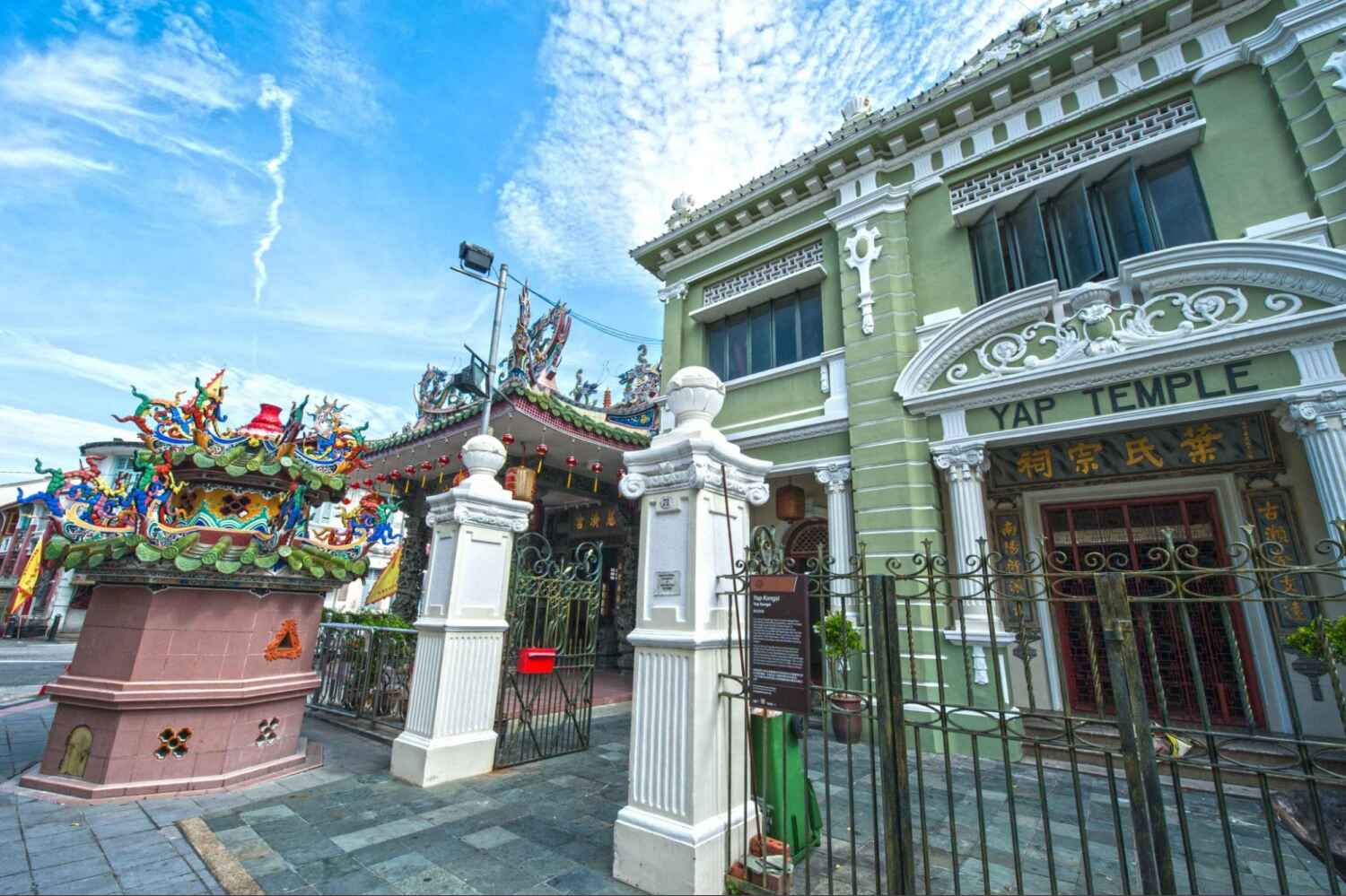
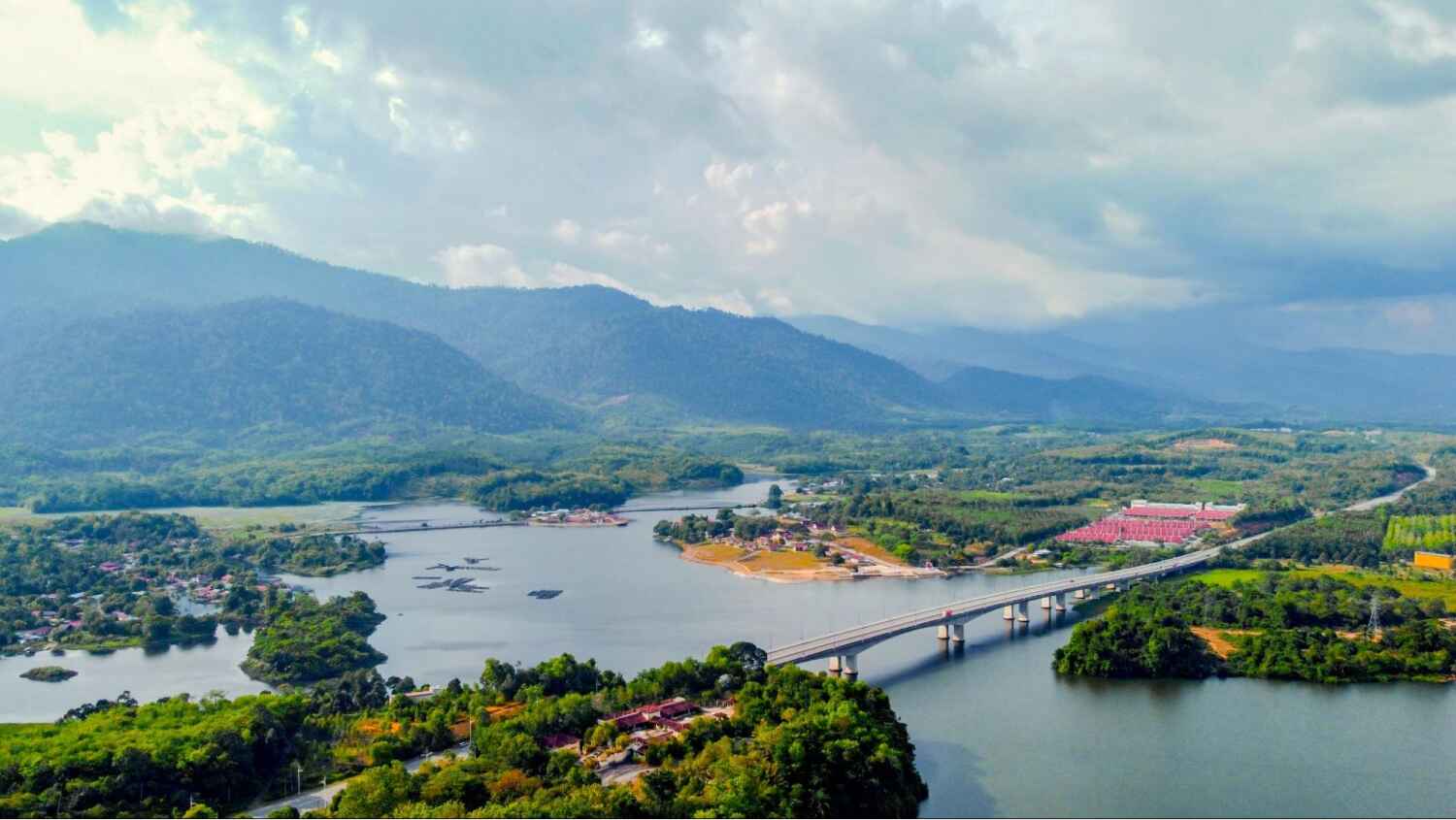
The Lenggong Valley in Perak, Malaysia, is a sedimentary valley formed by the Perak River flanked by the Bintang and Titiwangsa granite ranges, created over 240 million years ago by tectonic collisions.
Designated as a UNESCO World Heritage site in 2012, it also holds an exceptional 1.83 million-year record of hominid history including Southeast Asia's oldest and most complete skeleton – the Perak Man – dating back over 10,000 years ago. The valley’s archaeological sites include Bukit Bunuh, evidence of ancient human activity has been discovered. The meteorite impact, which occurred approximately 1.83 million years ago, formed suevite rocks in which stone implements such as hand axes were discovered. In addition, there is also Gua Gunung Runtuh, where the Perak Man was found, along with stone tool workshops at Kota Tampan and Bukit Jawa, as well as prehistoric burial sites within karst formations. Beyond its archaeological significance, the valley is also a candidate for UNESCO Global Geopark and Important Bird Area thanks to its rich biodiversity and a unique Pattani culture. However, accessing these sites requires local knowledge and expert guidance due to limited transport and accessibility. A two-day visit is recommended to properly discover the sites.
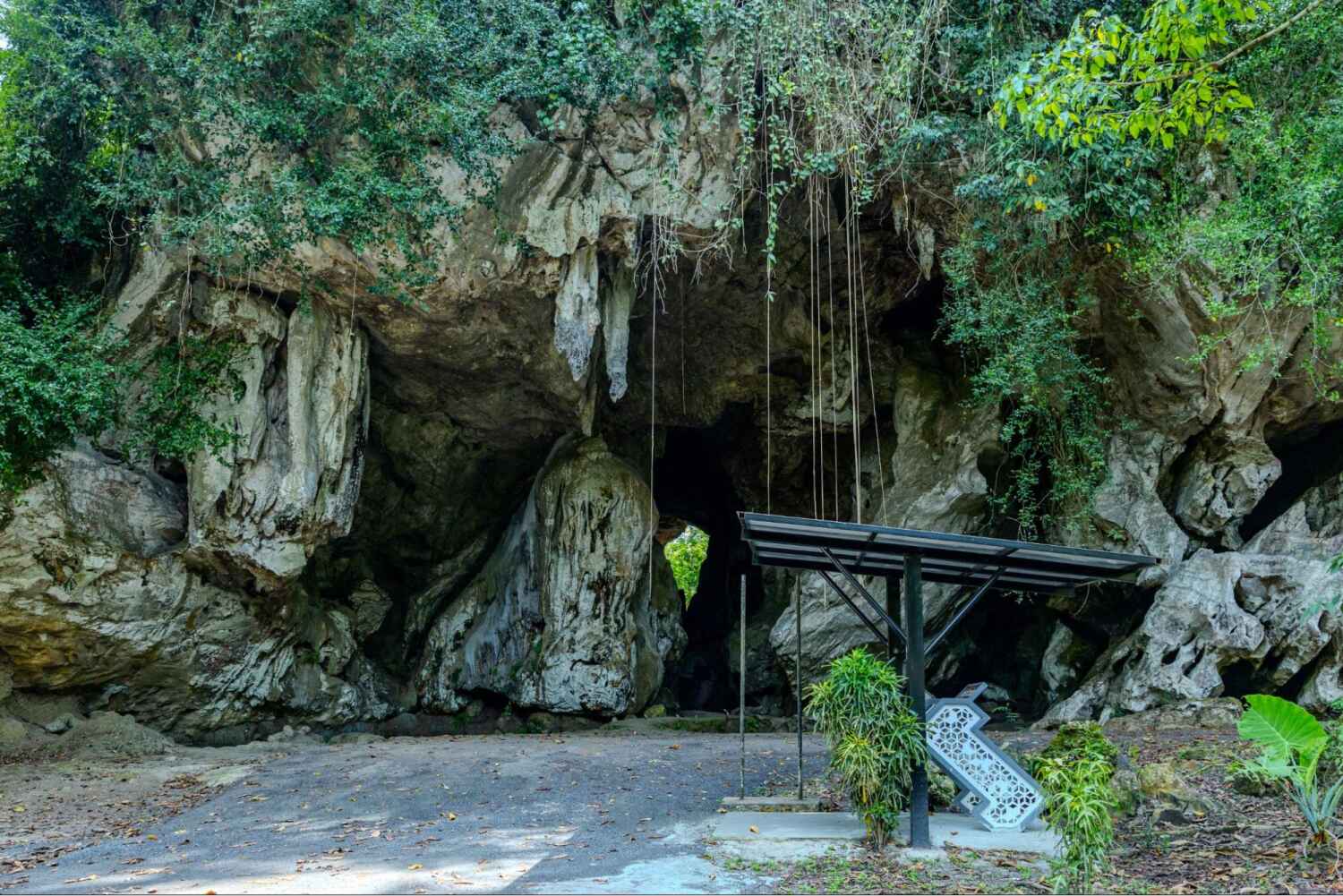
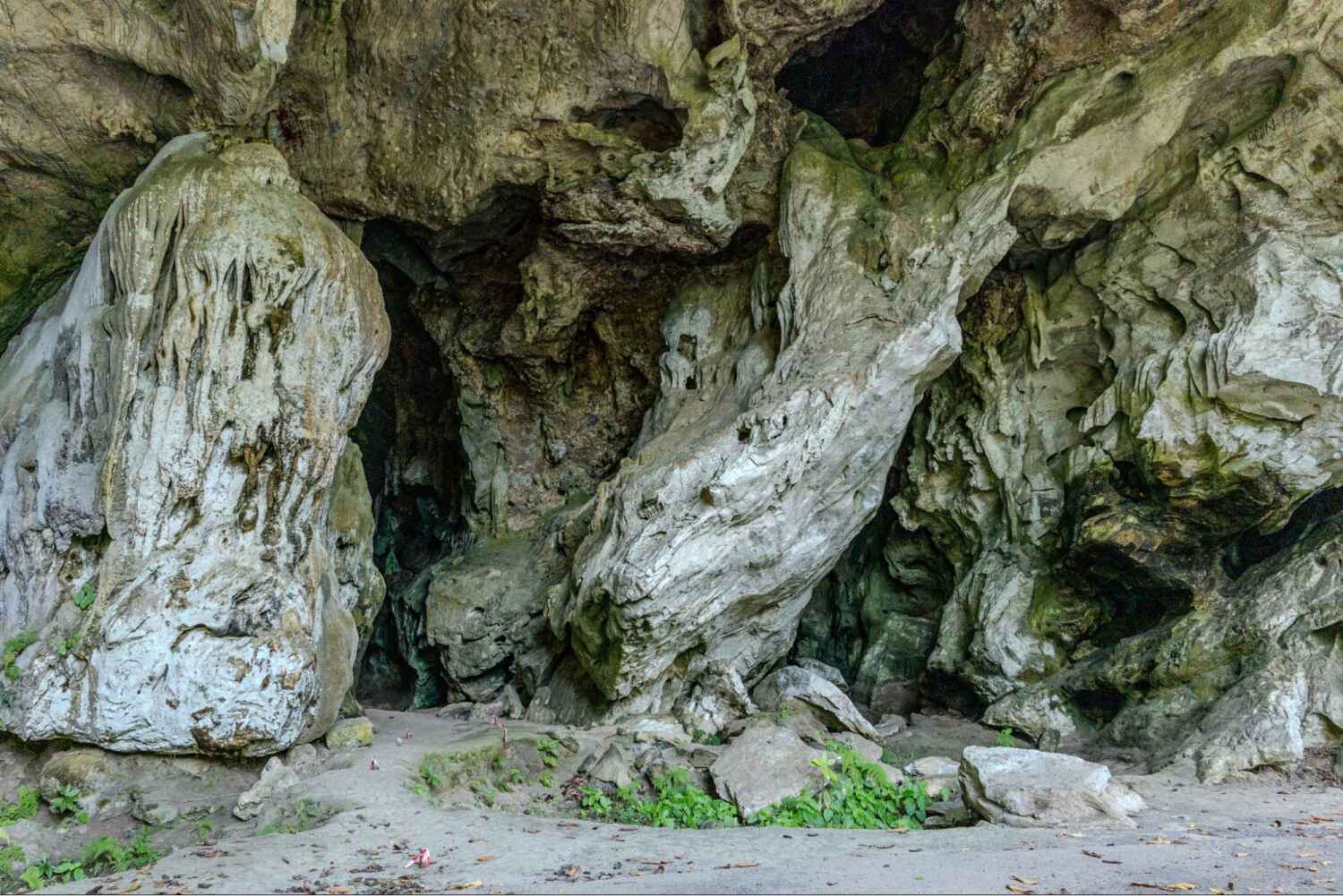
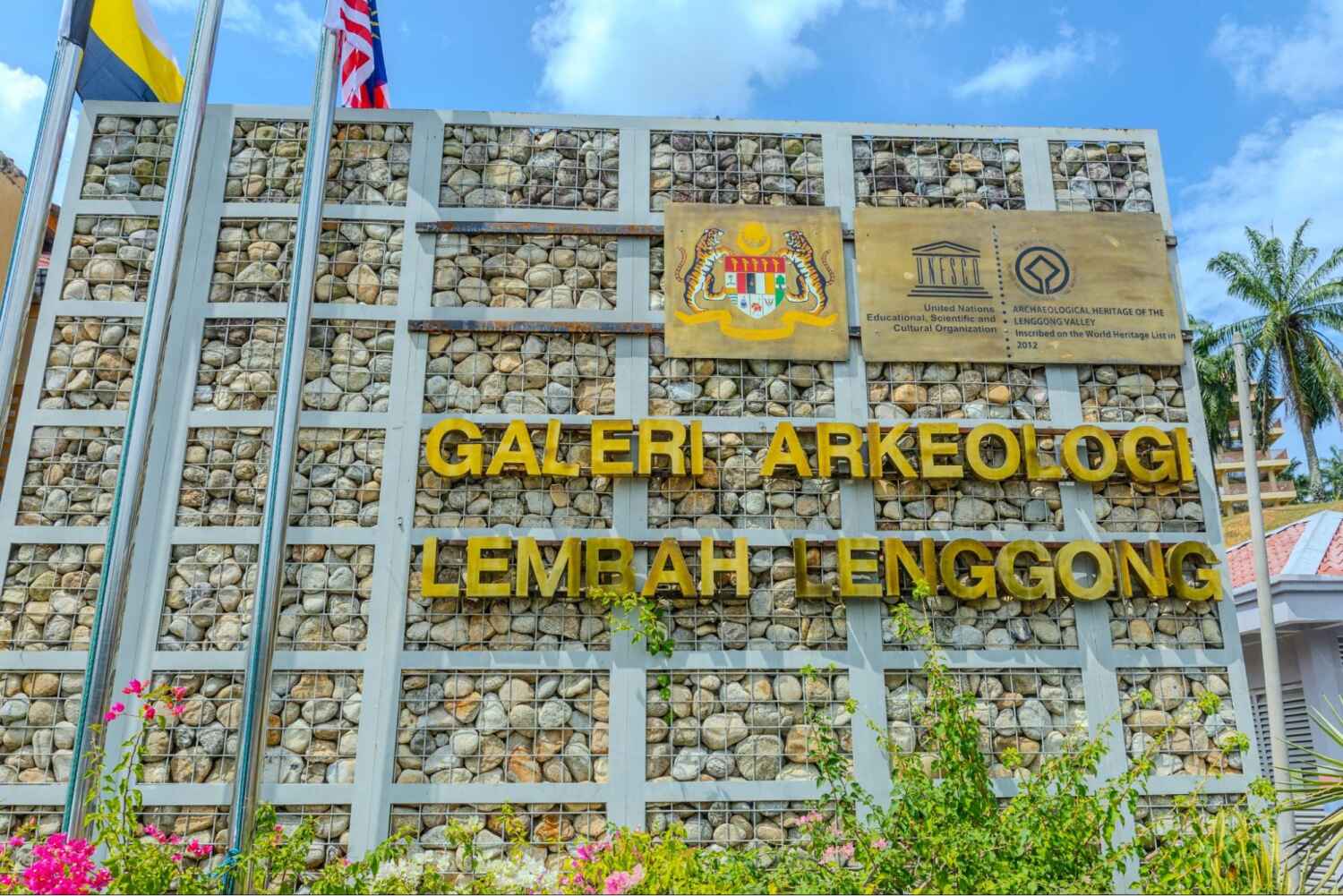
From Kuala Lumpur, you can drive for about three hours or take an ETS train from KL Sentral to Chemor. From Chemor, a local taxi will be your best option to reach the valley, though it may be more expensive due to the need for multiple modes of transport.
The Archaeological Heritage of Niah National Park's Caves Complex is located along Borneo's west coast, and contains the oldest known records of human connection with rainforests, dating back to at least 50,000 years. This enormous network of caves contains archaeological sites, rock drawings and boat-shaped coffins that shed light on human adaptability to the environment and the transition from foraging to agriculture. The site symbolises early human habitation in Southeast Asia and helps to advance the global understanding of human development. In addition, the site is also well-preserved, authentic and protected by national and state laws. The Sarawak Forestry Corporation and Sarawak Museum Department jointly manage the site, confronting long-term issues such as funding, rock art preservation and algae growth management.
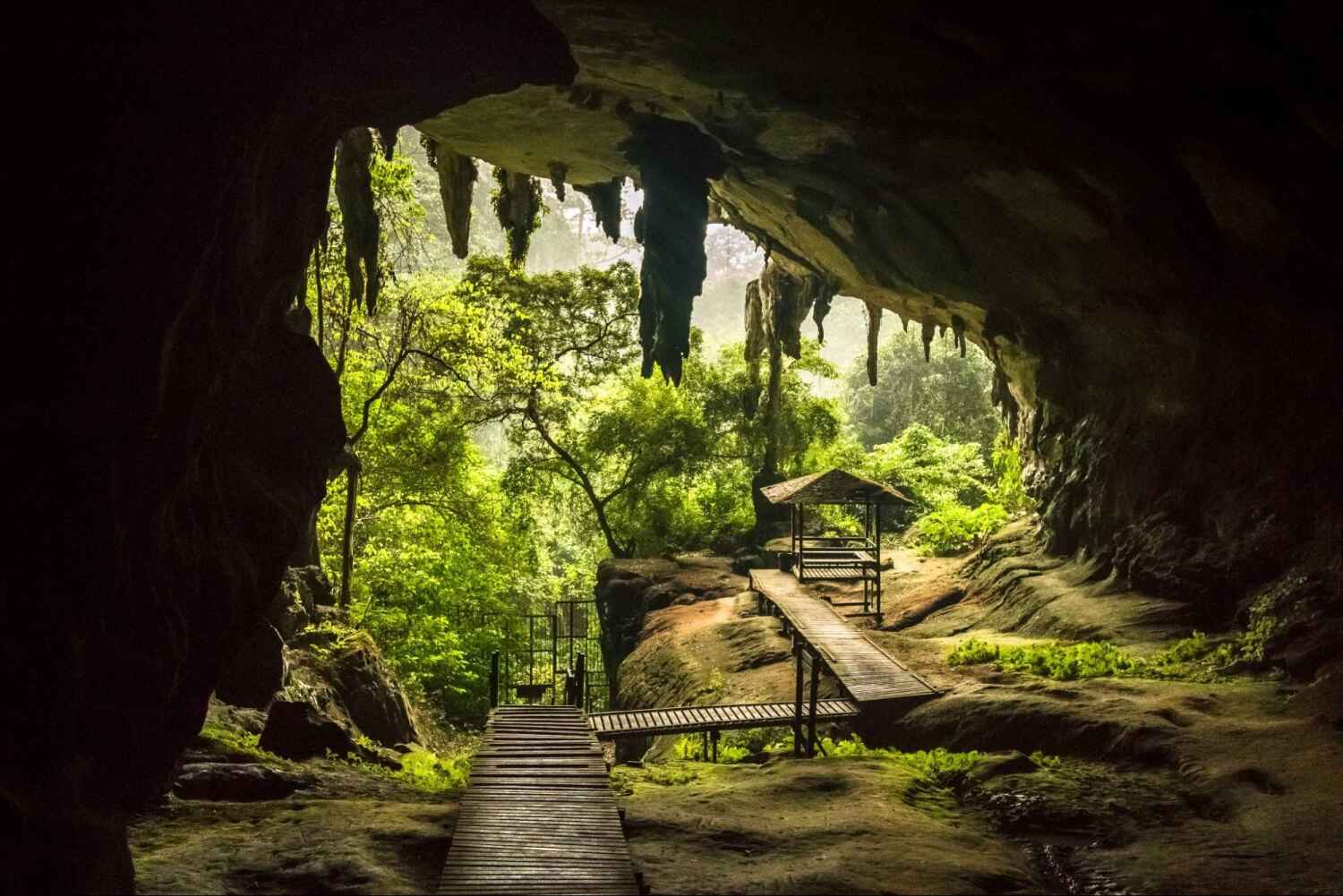
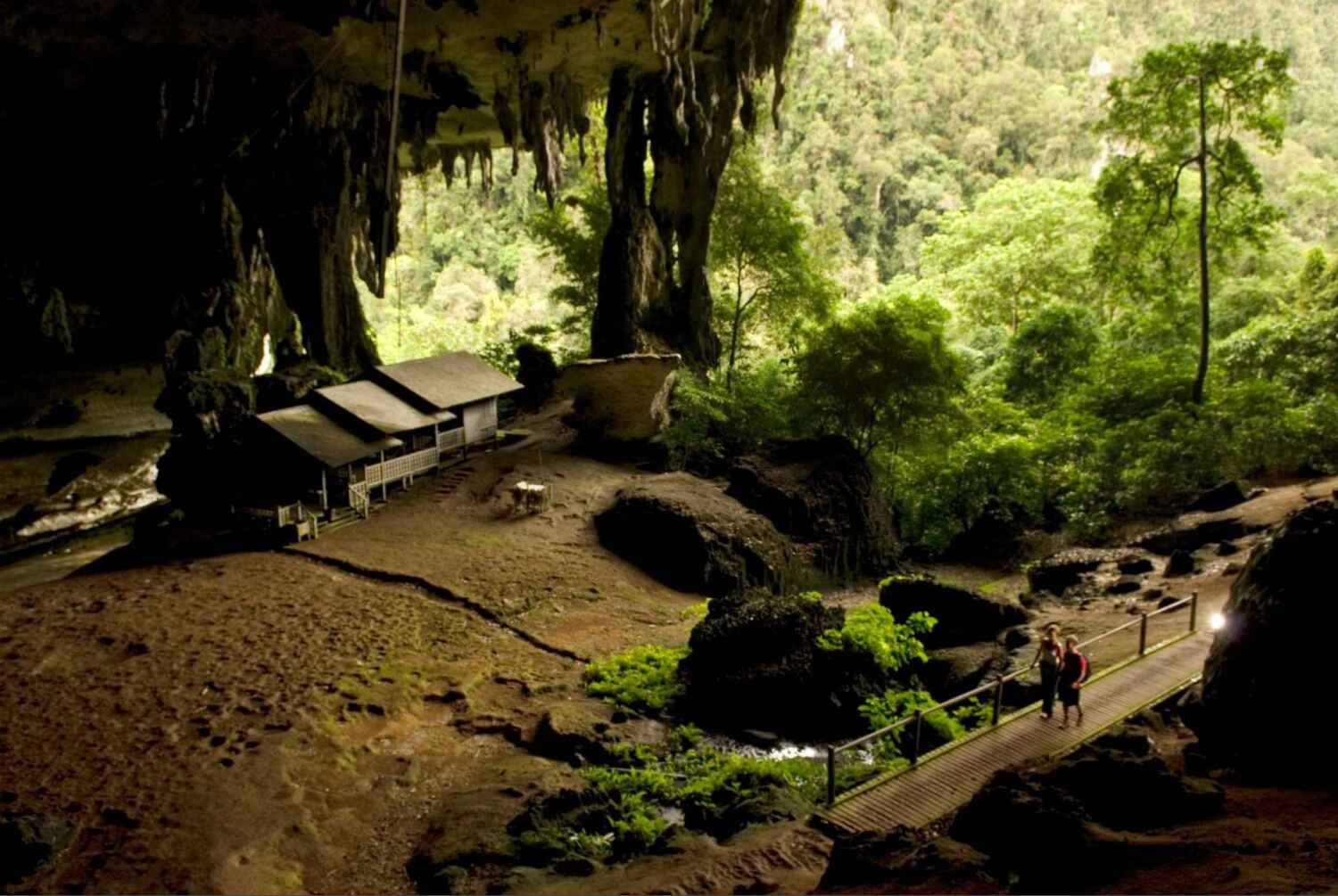
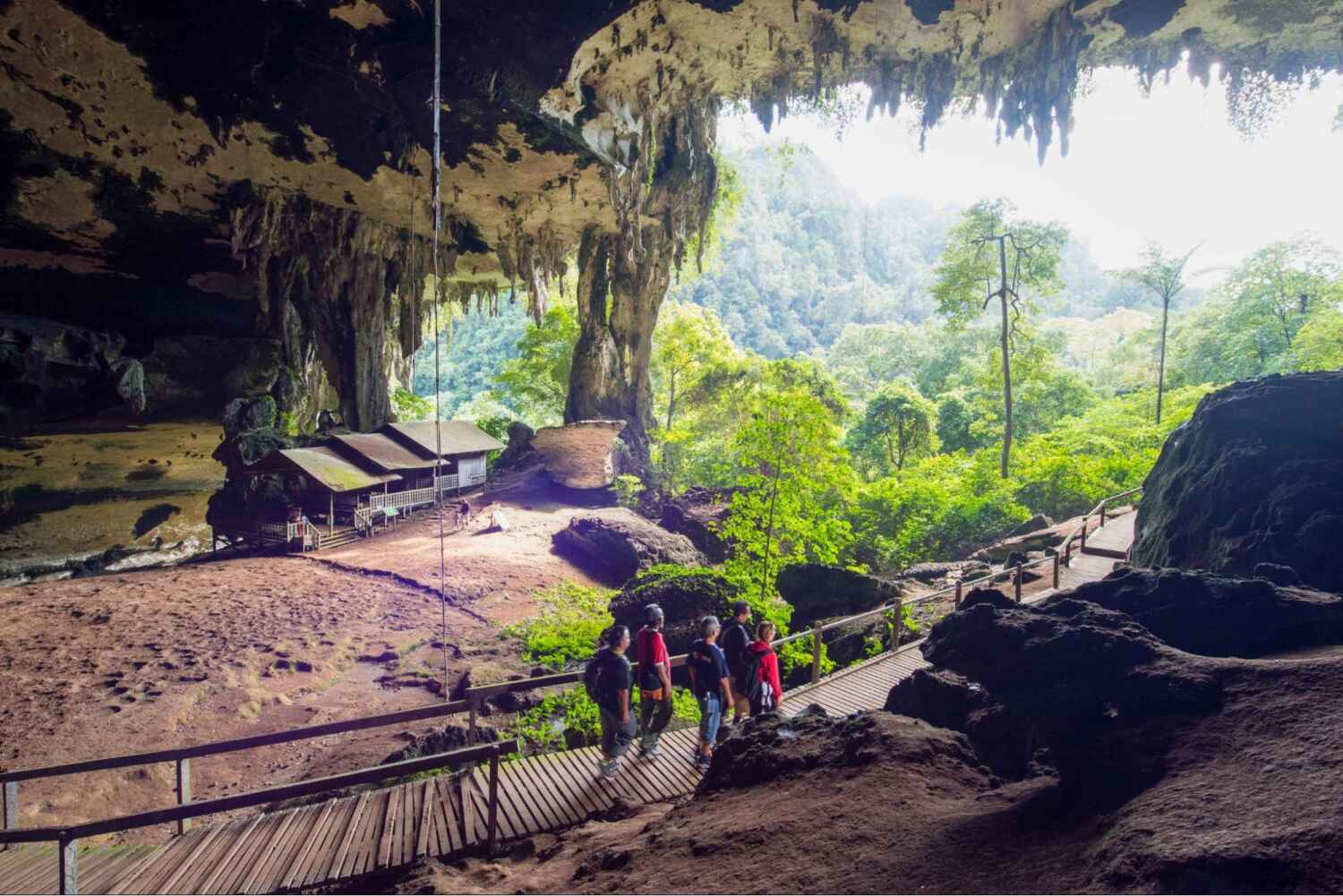
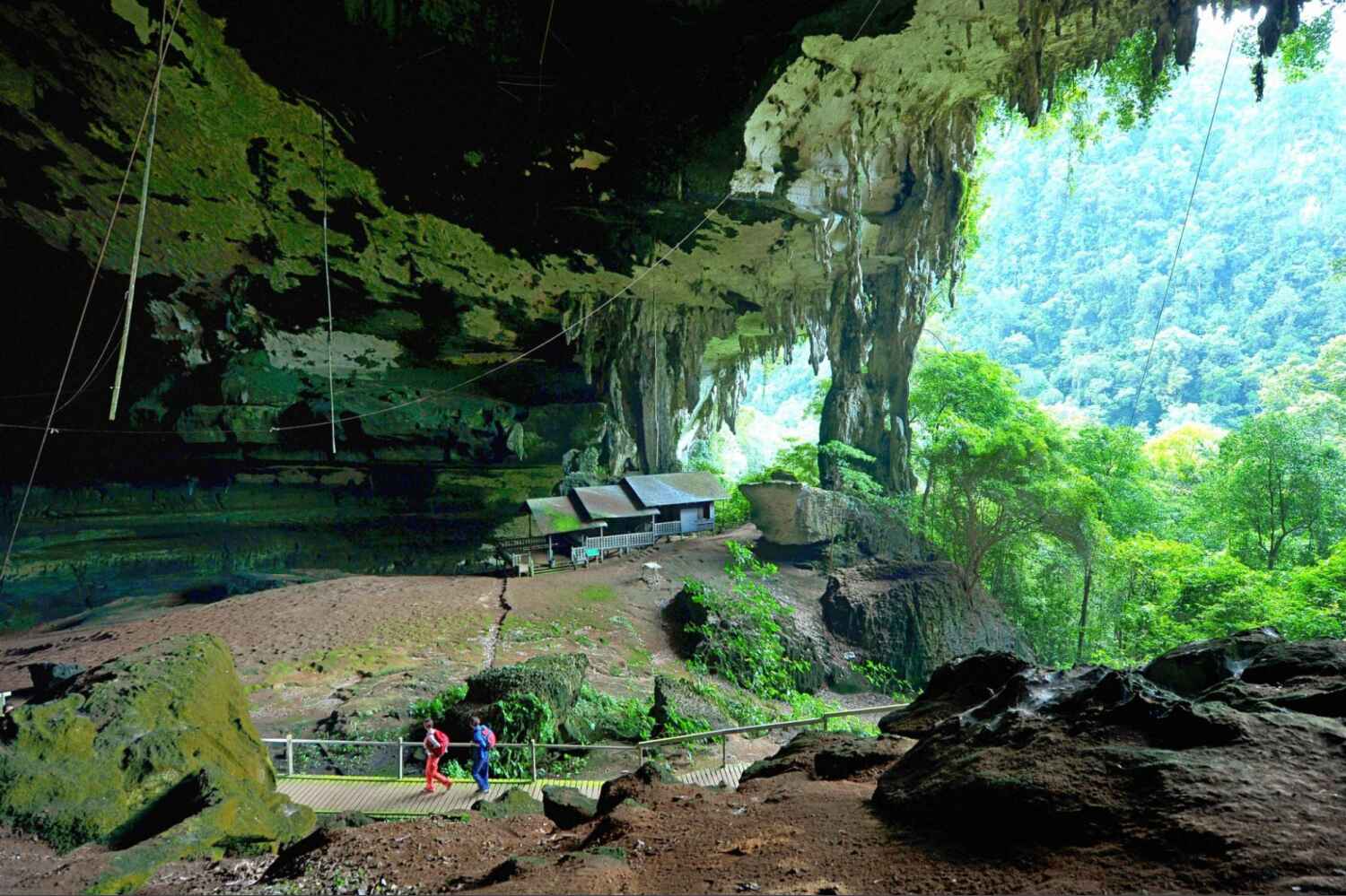
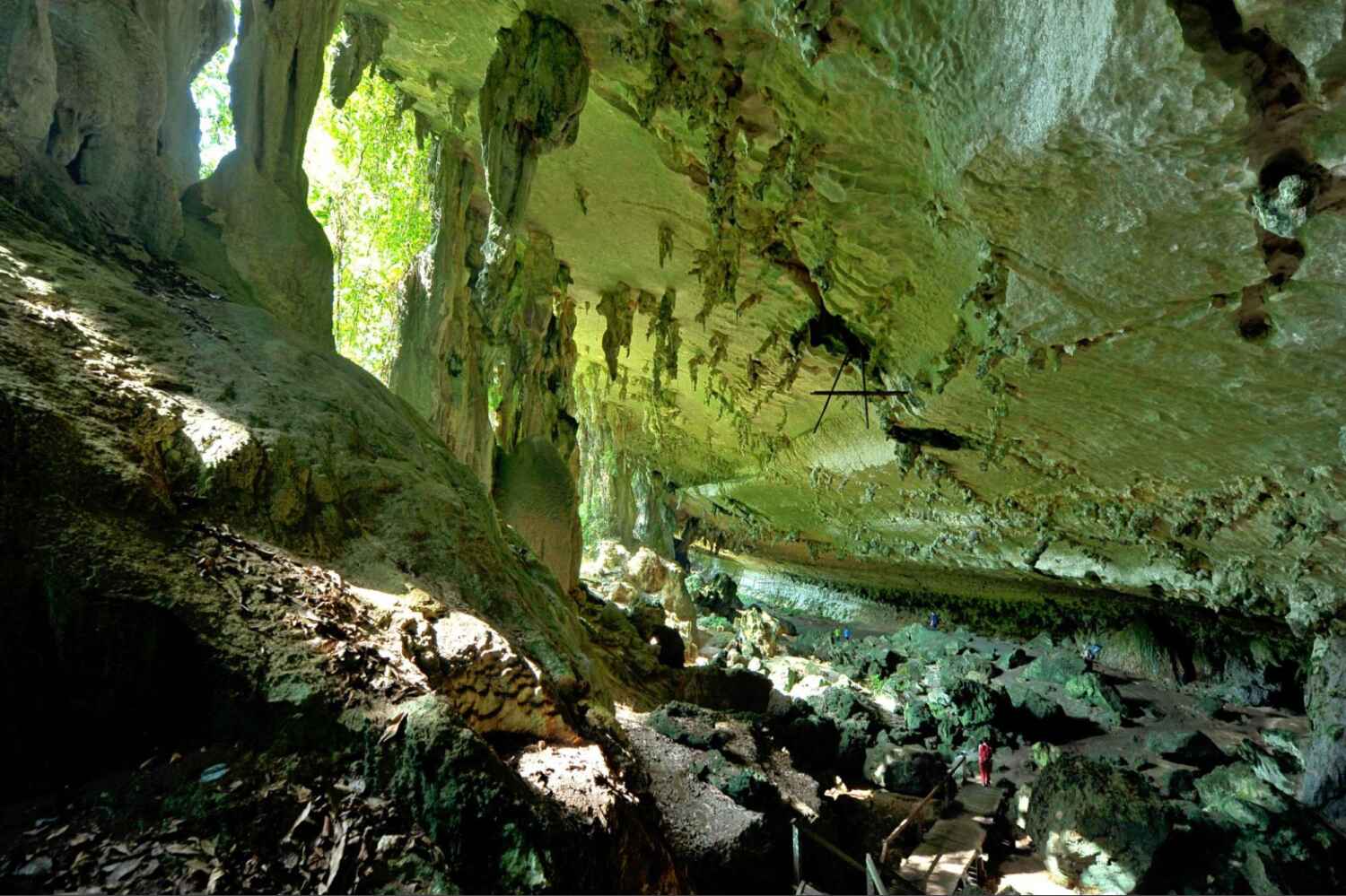
By Car: The park headquarters is located two hours away by car from either Miri or Bintulu, and is accessible via the old road or the new coastal road. From the park headquarters, you need to cross the Niah River using a motorised boat. From there, expect a one-hour walk along a walkway to reach the entrance of The Great Cave. This walkway also connects to an Iban longhouse homestay.
By Bus: Take a bus from the Pujut Corner Bus Terminal in Miri. Board any bus heading towards Bintulu, Sibu or Kuching. The journey takes around 1 hour and 30 minutes. Get off at the Niah Rest Stop (Ngu’s Junction), then take a private vehicle for a 17 km drive, which takes about 30 minutes to reach the Park Headquarters.